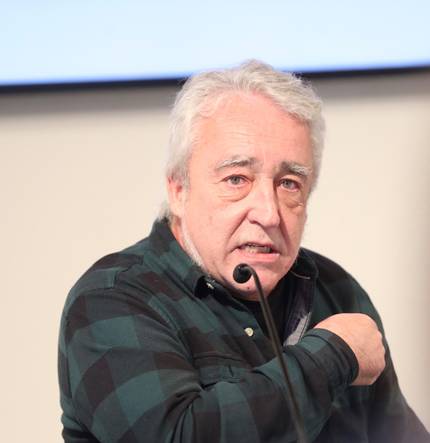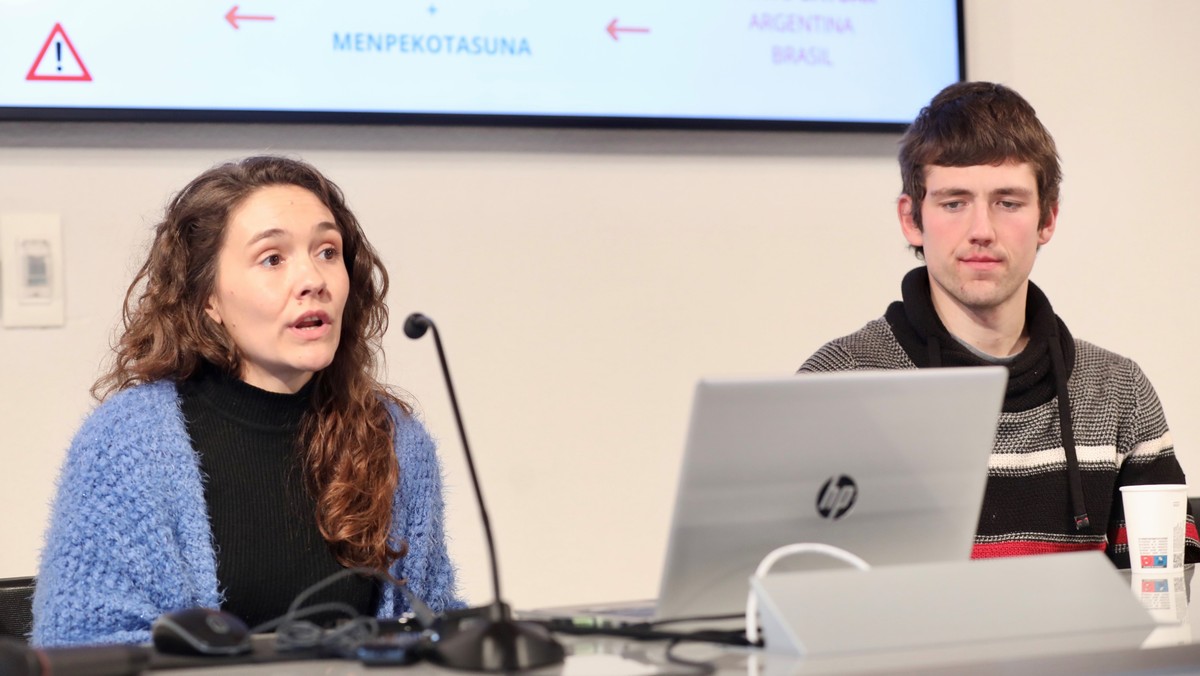New challenges on the agricultural and livestock horizon
The Basque Institute for Agricultural Research and Development (NEIKER) and the Elhuyar Foundation have organised a conference to reflect on the challenges of the agricultural sector.
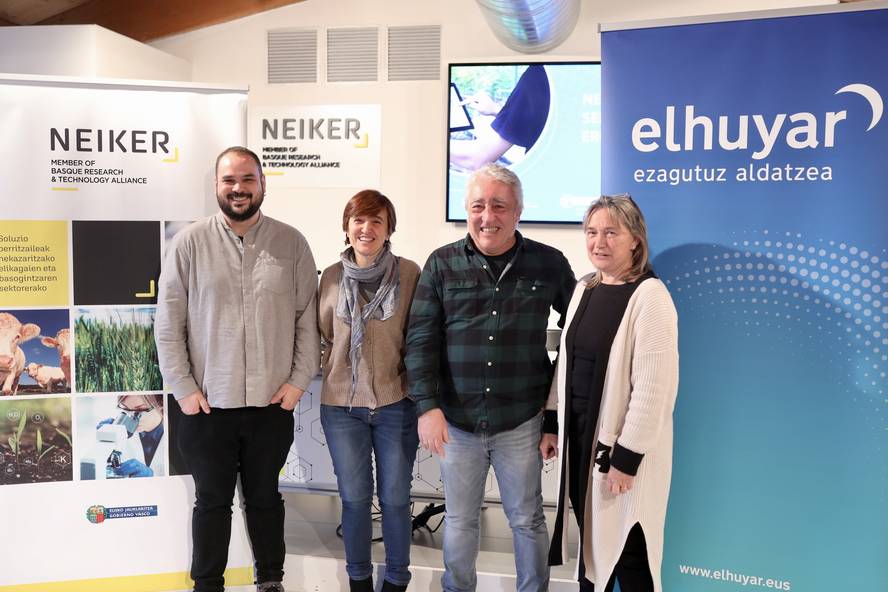
Researchers and developers have analyzed the challenges of agriculture and livestock here and now. They stress the influence of the romantic vision of agriculture, the need to understand the multifunctionality of the biosphere, the soil microbiome and the anthropocentric vision of the concept of Single Health.
Can technology help us make agriculture more sustainable?
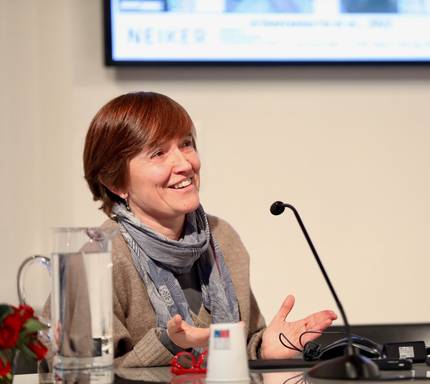
NEIKER Plant Protection and Production Department researcher Ana Aizpurua Insausti has initiated the debate. Aizpurua referred to fertilisation of crops, recalling the damage they cause to the soil and the high energy consumption they require. Apart from the romantic view of agriculture, he notes that satellite technology can help reduce the use of fertilizers. It has shown that through Sentinel-2 satellites it is possible to make soil production maps. The study of radiations emitted by the earth's surface allows knowing the state and growth of the plant. It has therefore demonstrated that satellites are able to know the fertility of each livestock plot per area.
By obtaining highly accurate data, NEIKER is developing advanced models for land performance maps. These maps enable detailed knowledge of the fertility of each area and prevent the fertilizer from being deposited in a useless place. Aizpurua has thus proclaimed that the use of technology can contribute to more sustainable agriculture.
Vectors of diseases related to climate change and globalisation
Aitor Cevidanes Miranda is an expert in Single Health and researcher at the Animal Health Department of NEIKER. It refers to zoonoses and reverse anthropozoonoses. That is, diseases that are transmitted from animals to humans and from humans to animals. It explains how its prevention and surveillance work is carried out.
He has also cited tick vectors, mosquitoes, etc. He notes that the relationship between pathogens, hosts and vectors is closely related to climate change and globalization, and recalls that the tiger mosquito from Asia was first identified in the Basque Country in 2014, but is currently spread by Bizkaia and Gipuzkoa.
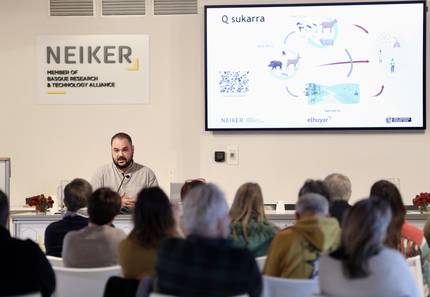
It has also been an emergency in antibiotic resistance. In fact, the high numbers of antibiotics used in livestock farms influence the development of resistance. NEIKER is comparing the resistance genes that appear in hospitals with those that appear in livestock farms to clarify the relationship between them.
Finally, it claims the need to refine the concept of Single Health. The concept says that human health is intimately linked to animal health and the environment, but Cervidanes believes that the concept is born in a very anthropocentric way, based on the desire to preserve human health. Instead of focusing so much on human health, they have claimed in the debate the need to incorporate environmental ethics into the concept of Single Health.
Nature promotes multifunctionality
The third rapporteur was Ibone Ametzaga Arrangi. Ecological expert and director of the UNESCO Chair of Sustainable Development and Environmental Education of the UPV. It concerns the functioning and limitations of the biosphere, which can serve to design a sustainable transformation of agriculture.
To start with, talk about the resilience that diversity brings. In forests, for example, tree genetic diversity is essential for climate change, according to Ametzaga. “We need trees of different species and the same species that are genetically different. This diversity and the very diversity of the forest structure will help make the forest resilient.”
He also referred to the multifunctional nature of the biosphere. “Traditional systems seek to maximize the production of a single product. Lettuce, for example. But nature does the opposite: it doesn't maximize, it prefers multifunctionality. It works a lot without maximizing just one. We should also copy the functioning of the biosphere in agriculture, which is the one that works best. Maximizing single-species production poses big problems to us because nature doesn't work that way. We should think of mixed crops.”
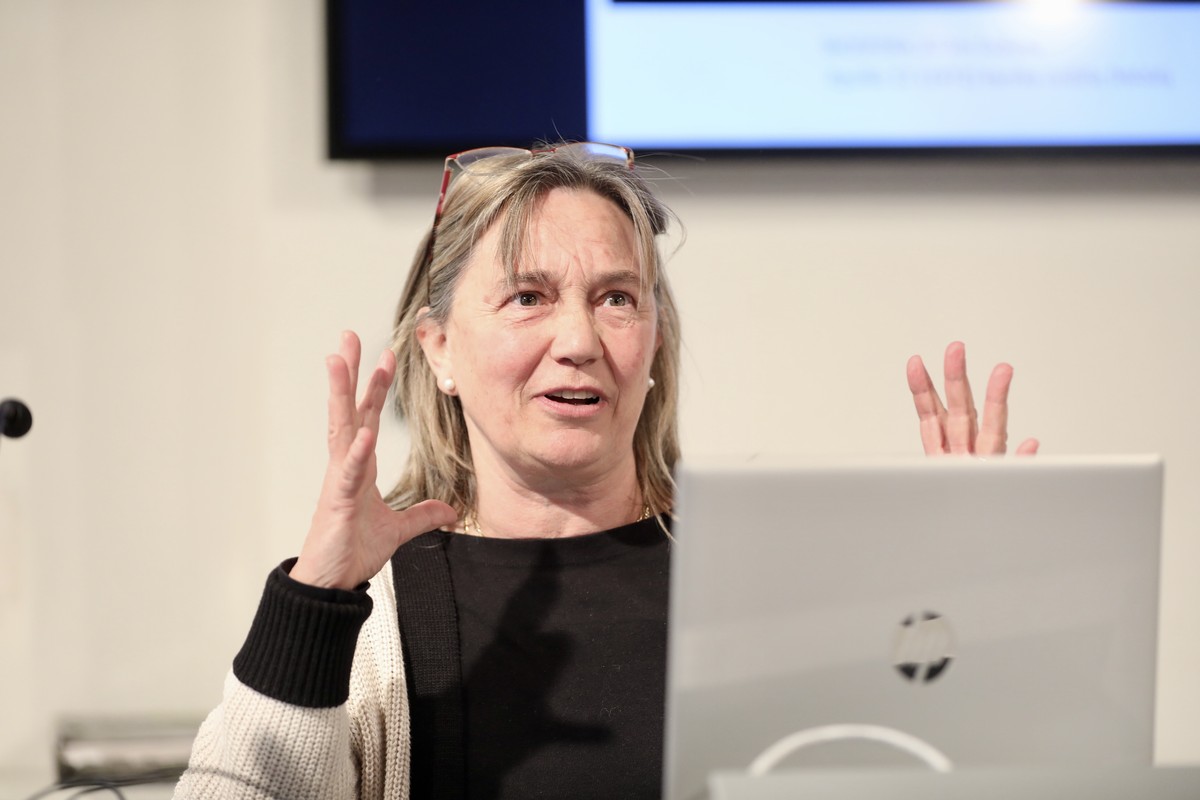
Pollination also sees the key. Pollinators are essential for crop production and generate genetic diversity in plants. It notes with concern that pollinators are disappearing and that therefore agriculture is in danger. It indicates that the landscape is essential for pollinators to fulfil their role: pollinators often live in the forest, denying themselves among the trees, but then feeding in the harvest areas and in the pastures. It therefore considers that landscape diversity is also important for agriculture.
Ametzaga therefore sees three key features for the future of agriculture: small plantations, mixed crops and the natural environment. It calls for comprehensive landscape management.
Microbiome of earthworms
Manu Soto López is a researcher at the UPV/EHU and deputy director of the Plentzia Marine Station. It's a cell biologist that analyzes, in addition to sea health, the health of the Earth's surface. To clean contaminated soils and restore their functionality, they use three protagonists: plants, bacteria and earthworms.
As a soil engineer, you look at the worms. It recalls the work they do on the ground such as the nutrient cycle, water purification, degradation of organic matter, balance of terrestrial microbes, soil oxygenation… But it underlines that they can have another interesting and useful function, taking into account the resistance to antibiotics: there are many antibiotics and resistance genes in the soil, and the worms have the ability to clean the soil with antibiotics. Earthworms, as they pass through their tract, also collect the bacteria in the soil. But when you compare the microbiome of soils to the microbiome of worms, you've realized that they're not the same, that there are far fewer genes of resistance in worms than in the soil. They have not yet clarified why it happens, but they think it's very significant. Therefore, research centers PiE and NEIKER are now trying to study earthworm droppings and learn about their microbiome, in order to clarify how earthworms minimize the influence of resistant genes.
The CAF-ELHUYAR Awards are present: Neiker Prize winners
The day was also attended by veterinarians Asier Albite Arrangi and Izaro Zubiria Ibarguren. Albite won the Neiker Prize in 2021 at the CAF-ELHUYAR Outreach Awards with the play “Betizua, the last wild cow in Europe, about to disappear?”. Zubiria won the 2019 Neiker Award with the presentation of the work “Using external or autochthonous protein?”. Both have brought the voice of the farmers. On the one hand, the differences between young and adult generations are mentioned, and they have different values. There is talk of the technology of young farmers.
Furthermore, joining the European Union in the operation has also dealt with the legislation and the impact of livestock farming in the Basque Country. These include the need to increase animal production. This changed cattle feed, creating a dependency on external intsums and ending the self-sufficiency of husbands. To turn it around, they've studied how you can use indigenous protein to feed livestock.
Finally, the importance of dissemination to make society aware of the current challenges of agriculture and livestock farming and the need to integrate environmental health has been underlined.



